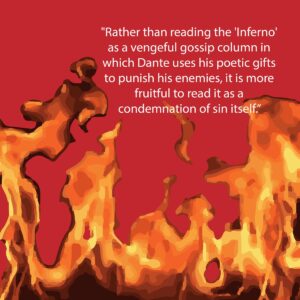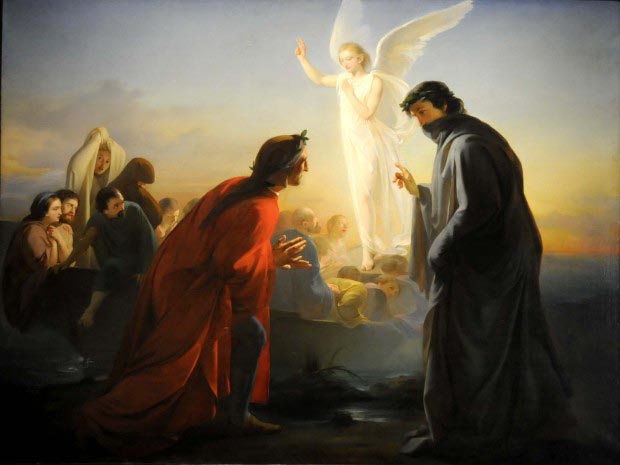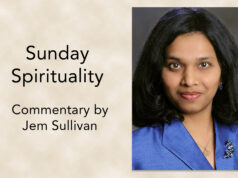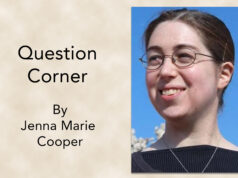Introduction to the “Divine Comedy”
Dante Alighieri, author of the “Divine Comedy” (called by him simply “Commedia”), lived during the cusp of the 13th and 14th centuries (1265-1321), a period that was also a transitional one between the Middle Ages and the Renaissance.
The first poet to write a major work in the vernacular, Dante was part of a movement called “the new style.” It was a time of change, in the world and in the church.
St. Francis had died only 39 years before Dante’s birth in 1226, and the movement of Friars Minors and Poor Clares (the women’s order, started by St. Clare), was spreading throughout Europe. Dante himself would become a Third Order Franciscan and remain devoted to St. Francis throughout his lifetime.
The church and faith were central to all aspects of society, but, as Dante graphically points out, this centrality of religion did not mean that the teachings of Christ were universally followed, even by those in the highest offices of the church.
Human nature, being then as it is now, led to an array of responses to the Gospel, from the fervor, devotion and mysticism of the saints to the utter rejection of it in terms of actions and attitude depicted in the “Inferno.” It was to convey the need for spiritual renewal in the church and in the world, and especially in himself, that Dante wrote the “Divine Comedy.”
To understand the “Divine Comedy,” it is important at least to understand, if not to read, Dante’s earlier work, “La Vita Nuova” (“The New Life”). In this brief but important book, Dante recounts his beginnings as a love poet, in the tradition of courtly love, which was extremely popular at the time.
In simplified terms, this tradition involved devotion, almost adoration, of a lady, usually from afar, in which she was spoken of in religious terminology, at times, leading to a kind of adulterous adulation.
Frequently, the lady was the wife of a nobleman or even a king, and her devoted follower, perhaps a knight or simply a troubadour, would sing her praises with a longing that remained unsatisfied. Sometimes courtly love led to actual adultery, as in the case of the famous lovers Lancelot and Guinevere, the queen of King Arthur, Lancelot’s lord.

Dante’s love interest was Beatrice, a girl he met when she was 8 and he was 9 years old. “La Vita Nuova” recounts their first meeting when he saw her, wearing a red dress (the color of love), her greetings to him on the street (moments of great exaltation) and her withdrawal of the greeting (a time of great pain and self-realization).
As the book continues, Dante describes himself as moving from simple courtly love for his lady to a transformation that her inner goodness and beauty inspire in him. By the end of the book, after her death at age 24, Dante has already begun to depict Beatrice as not simply a beautiful woman who inspires romantic devotion, but as a vehicle of the grace of God, which will lead him to eternal life.
However, the path upward to “Paradiso” involves his moving through the agony of repentance, and that, for him, is depicted as a journey through the three worlds (according to Catholic theology) of the afterlife — hell, purgatory and heaven (or “Inferno,” “Purgatorio,” and “Paradiso”).
Dante’s “Inferno”
Dante begins the “Inferno” by describing himself as “lost in a dark wood.” He is terrified and tormented by the threat of three beasts — a lion, a leopard and a she-wolf. Scholars have debated the nature of the three beasts, but almost all would agree that they represent various types of sin (the world, the flesh and the devil, a most likely interpretation).
Dante seeks some help from a ghostly figure who appears to him, the Roman poet Virgil, whose inspiration has been key to Dante’s development as a poet. He tells Dante he has been sent (by the spirit of Beatrice, who came to Virgil in the part of hell where the virtuous pagans live without punishment but also without God) to help him to avoid damnation and experience salvation.
He tells Dante that Beatrice herself was sent by two other ladies in heaven, St. Lucia and Mary, the mother of Jesus. This encouragement overcomes Dante’s hesitation, and he embarks on the first part of his journey with Virgil, through hell.
Two scenes illustrate the transformation involved in Dante’s journey. In Canto V, in the second circle of hell, damned lovers Paolo and Francesca are being punished together. They were adulterous lovers (historically they lived shortly before Dante did), killed by her jealous husband, Paolo’s elder brother, who found them together in an intimate embrace.
Still in the throes of the courtly love tradition, Dante (the pilgrim, i.e., the character portrayed in the poem, not the author) pities the couple and asks them to tell their story.
Francesca replies by recounting how they were together reading the story of Lancelot and Guinevere and their first adulterous kiss, which moved her and Paolo to do the same. It was in this adulterous embrace that they were sent to the afterlife.
Though Dante, the pilgrim, swoons with pity over the lovers at the end of their tale, Dante, the poet, we must remember, is the one depicting them in hell. It is easy to miss this condemnation if one reads Francesca’s words without sufficient attention.
She tells Dante: “Love, that can quickly seize the gentle heart, / took hold of him because of the fair body / taken from me — how that was done still wounds me. / Love, that releases no beloved from loving, / took hold of me so strongly through his beauty / that, as you see, it has not left me yet” (Canto V, 100-105).
Though the words are beautiful (and they echo the love poetry Dante himself once wrote), they reveal a spiritual blindness that is (for Dante) damnable.
First the love is depicted in only physical terms; she states outright that her lover was drawn to her “because of the fair body / taken from me,” and she herself fell in love “through his beauty” — no other reasons given.
Second, she seems to blame love for their adultery, not her own or her lover’s choices, for she says, “Love, that releases no beloved from loving / took hold of me so strongly … / that, as you see, it has not left me yet.” She portrays herself as a victim, as if she had no choice whether to act on such a temptation toward an illicit love or not.
To Dante the pilgrim, and to the reader, their situation is deeply tragic, but the kind of love they represent is something that Dante the poet is teaching the reader (and perhaps himself) to reject. (I discuss this scene with Francesca in more detail in an article in Logos: A Journal of Catholic Thought and Culture (Vol. 10, No. 1, Winter 2007, 32-56).
As the poem goes on, and the sins (and sinners) become uglier and even grotesque, Dante the pilgrim learns to reject sin in them and, most important, in himself.
Rather than reading the “Inferno” as a vengeful gossip column in which Dante uses his poetic gifts to punish his enemies, it is more fruitful to read it as a condemnation of sin itself, which is the first step on the road to salvation that Virgil is opening up for Dante.
Dante and Virgil proceed through hell to its deepest pit in Canto XXXIV, where Satan is frozen in a block of ice. Dante’s point is clear — while the upper levels of hell are hot, where sins like lust and anger are being punished, the deepest part of hell and the source of evil is cold, rendering Satan, in fact, immovable in a block of ice frozen by the motion of his own batlike wings.
Satan is ugly (like the sins Dante has seen are shown increasingly to be), and his three faces (in parody of the Trinity) each has an open mouth chewing a sinner: Brutus, Cassius and Judas with his head in the central mouth of Satan.
After seeing Satan, the poets seem to descend his flank, only to find he now appears upside down. Having seen and rejected sin and its source, the first step in repentance, Dante is ready to move on to the next stage of grace — the “Purgatorio.”
By Nancy Enright, Catholic News Service
Nancy Enright is a professor of English at Seton Hall University, where she is the director of the university core curriculum. She is the author of “Catholic Literature and Film: Incarnational Love and Suffering” and “Community: A Reader for Writers,” as well as numerous articles on issues related to theology and literature.








